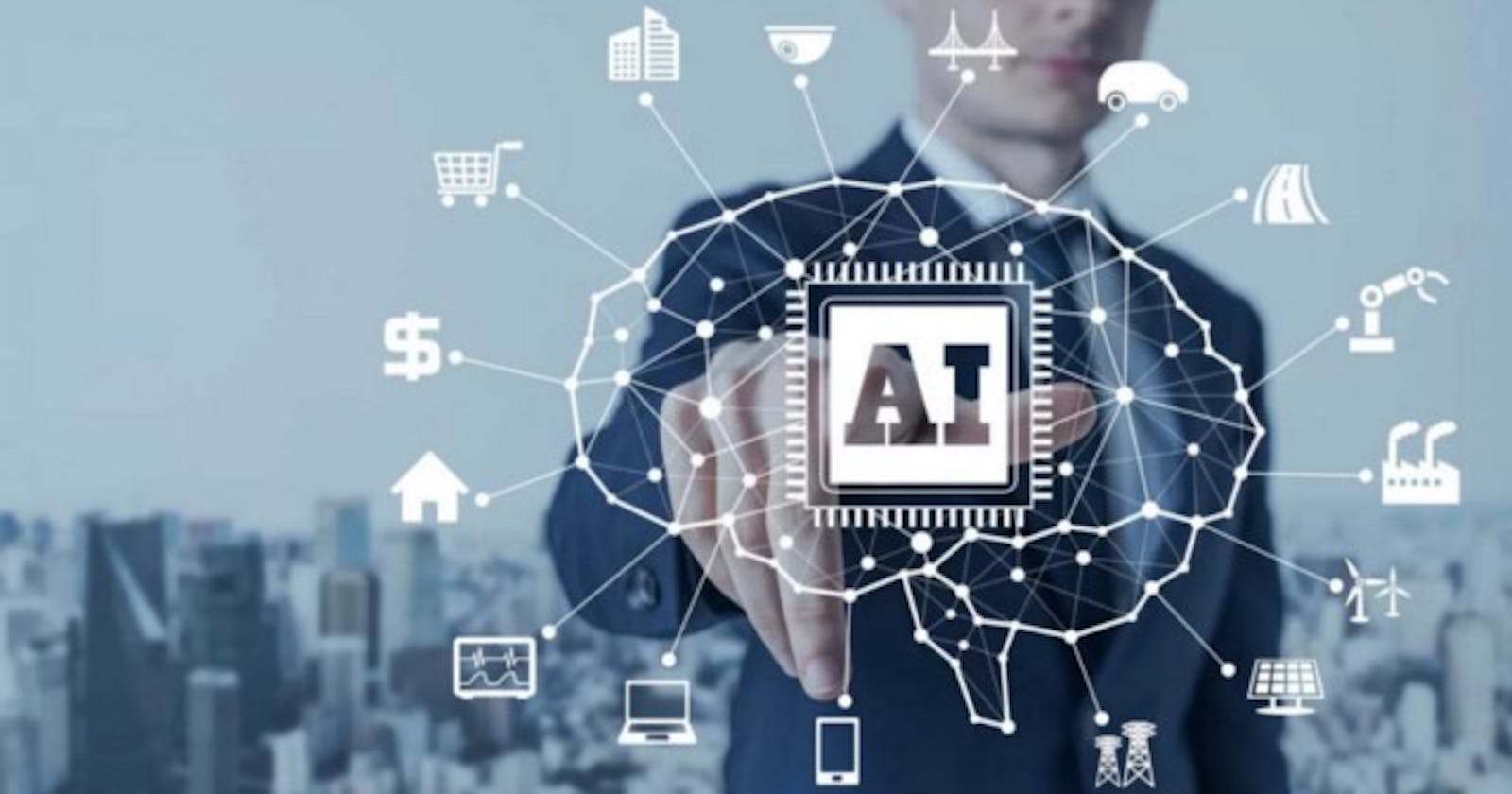Getting to know Artificial Intelligence (AI) Technology -Until now, artificial intelligence (AI) technology has developed more rapidly. Although AI is often depicted in science fiction films as robots that have characteristics similar to humans, this technology itself can cover anything. For example Google’s search algorithm, IBM’s Watson, autonomous weapons, to production machines.
Broadly speaking, AI is a simulation of human intelligence processes carried out by machines with computer systems. The whole process in question includes learning, reasoning, to self-correction. So, AI has the ability to obtain information as well as rules for using that information, using rules to achieve a definite estimate of output, until correction or improvement. AI itself can be categorized into two types, namely weak AI and strong AI. What is meant by weak AI is an AI system that is specifically designed and trained to be able to carry out certain tasks. Examples are virtual personal assistants, such as Windows’ Cortana and Apple’s Siri. Meanwhile, strong AI is an AI system that has cognitive abilities or overall human intelligence. So, if strong AI faces an unfamiliar task, strong AI will still be able to find a solution even without human intervention.
How AI Works
AI technology works by combining various data through fast, iterative processing, and using intelligent algorithms. This then allows the software to learn automatically, either based on features or patterns in the data. The way AI actually works cannot be separated from various theories, methods, technology, to its main subfields. So, if described, the AI work process is as follows:
Machine learning to automate the creation of analytical models using neural network methods, statistics, operations research, and physics in discovering hidden insights contained in data.
A neural network is a type of machine learning consisting of interconnected units, similar to a human neural network. Its function is to process information by responding to internal input and passing that information through several paths to find meaning.
Advances in computing technology help deep learning processes in neural networks, especially for studying complex patterns in large chunks of data.
Cognitive computing is a sub-field of AI that enables interactions as well as natural interactions between humans and machines. The use of AI and cognitive computing aims to enable machines to simulate human processes when machines interpret speech and images, then respond in a coherent manner.
Computer vision relies on pattern recognition and learning processes to recognize information in images or videos. After processing, analyzing and understanding, the machine is then able to capture images and videos in real time.
NLP or Natural Language Processing is the ability of computers to analyze, understand, and produce human language, including speech. Here, NLP enables natural language interaction so that humans are able to communicate with computers even though they use normal everyday language, instead of computer or programming languages.
In addition, there are several technologies that support AI performance, such as:
Graphics processing unit as one of the keys because of its function in supporting heavy computing power, which is needed in repetitive processing. This is because the neural network process requires large amounts of data and computing power.
Internet of Things (IoT) to generate large amounts of data from various connected devices, and most of it is not analyzed. IoT is widely used because of the need for model automation using AI.
Application Processing Interfaces (API), which are portable code packages to add AI functionality to the product or software used,
Thus, the goal of AI in a nutshell is to provide software that is able to reason on inputs and explain the outputs obtained. With AI, the interaction between humans and machines will be simulated like interactions between humans, so that they are able to support certain desired tasks.

